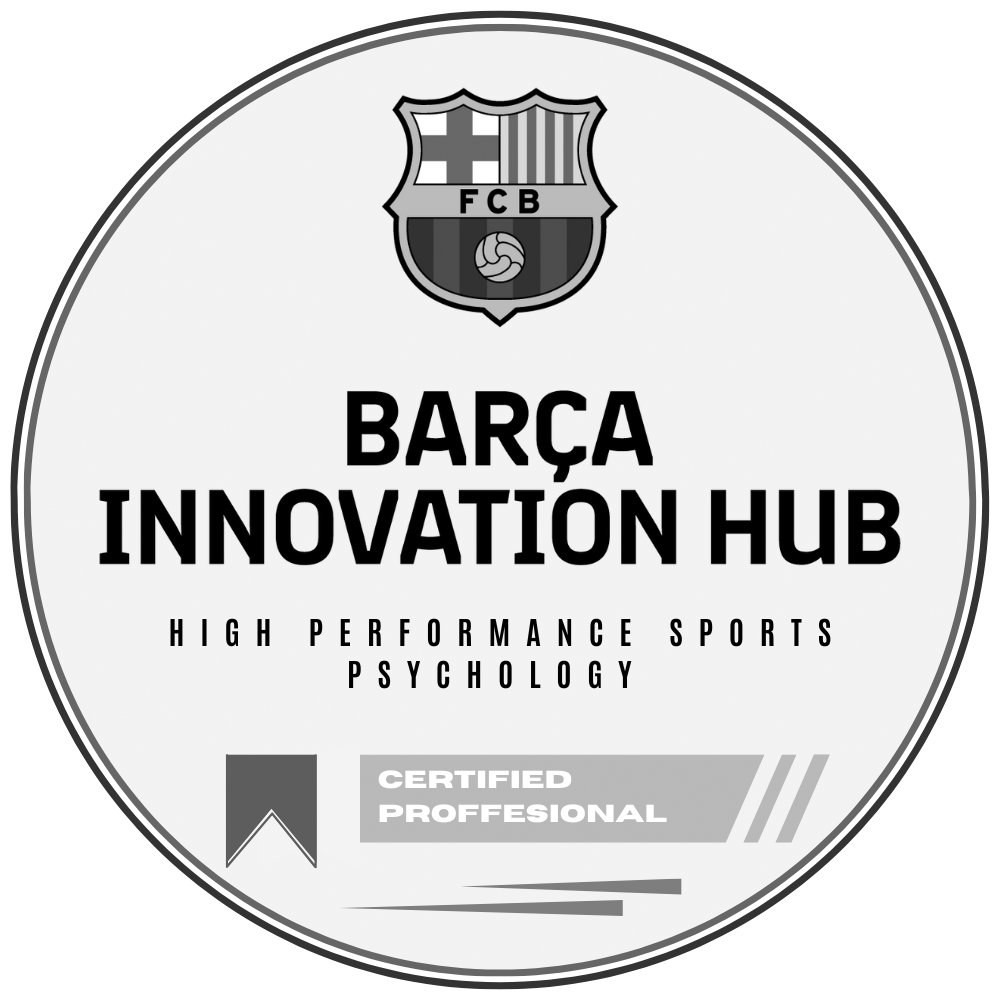We all say we want feedback. But the moment it arrives, whether it is veiled, clumsy, or uncomfortably close to home, something shifts inside. We tense up. We rationalize, deflect, and smile politely while shutting down. I've seen it in boardrooms, leadership teams, and coaching sessions alike. Feedback lands, but rarely sticks. Not because it lacks value, but because receiving it well is harder than it looks, and more important than most realize.
We often treat feedback like a transaction. One person gives, the other either accepts or rejects. But real learning begins when we shift from being passive recipients to active interpreters. When we stop asking “Was this fair?” and start asking “What’s useful here?”“ Not everything that’s said will be right. Some of it may be more projection than insight. But that doesn’t mean it holds no value.
Epictetus once said, it is not what happens to you, but how you react to it that matters. Feedback is no different. What shapes us is not the comment itself, but our willingness to stay curious, sort through it, and pull something useful from it. The art is in the sorting: separating emotion from message, source from substance, and finding what is worth keeping.
I remember early in my banking career, my manager gave me feedback on a mistake I had made, possibly breaching client confidentiality. His intent was constructive, but I felt miserable. At the time, I could not hear the care behind his words. It took a few days for the sting to settle before I could see that he was trying to help me grow. That uncomfortable moment turned out to be one of my most important learning experiences.
In my work, I’ve seen seasoned leaders react just as strongly as new hires when feedback catches them off guard. Why? Because feedback touches something personal. It pokes at our identity, our competence, our sense of belonging—and often, it stirs a deeper shame. The shame of not being good enough. And unless we’ve built the capacity to pause, reflect, and stay curious, our defenses kick in and we miss the opportunity.
The ability to work with feedback, to sort through discomfort and still find something useful, is not something you either have or you do not. It is a skill. And like any skill, it can be developed. It starts with recognizing our triggers, not to eliminate them, but to understand the story they tell. It grows when we seek out perspectives that stretch us, not just confirm what we already believe. And it matures when we approach even poorly delivered feedback with the mindset of a learner: What can I take from this that helps me grow?
This is not about being agreeable or overly self-critical. It is about reclaiming feedback as a tool we use, not something we endure. And when we do, the shift is profound. Feedback stops being something to survive and starts becoming a catalyst for the kind of change we actually want: deeper self-awareness, stronger relationships, and more intentional leadership.
That shift also opens the door to something even more powerful: feedforward. Unlike feedback, which looks back and often dwells on what did not go well, feedforward invites us into what could be. It is forward-facing, constructive, and focused on action. I have found it especially helpful when working with teams that feel stuck or leaders navigating complex transitions. Instead of rehashing past mistakes, we ask, “What is one thing I could do differently that would make a difference going forward?”It reframes the conversation and removes the need to defend. You are no longer proving your worth. You are exploring your potential.
The most effective leaders I know do not wait for feedback to arrive. They ask for it. They pull instead of waiting for someone to push. They do not just want praise. They want perspective and challenge. They want to keep learning, even when it stings a little. Especially then.
If you are in a leadership role, building this feedback mindset is not optional. It is foundational, not just for your own growth but for the culture you shape around you. People watch how you respond. If you shut down or retaliate, they will retreat. If you stay curious, even when it is hard, they will lean in too. It creates a ripple.
Final Thoughts
Feedback and feedforward are not just tools for performance. They are mirrors. They show us who we are, how we are experienced, and where we have room to grow. But that only works if we are willing to look and to keep looking.
You do not have to agree with everything you hear. But if you are willing to pause before defending, to listen beyond the delivery, and to ask yourself what might be true, you will find something valuable. Maybe not always comfortable, but useful.
And that is the point. Growth does not come from comfort. It comes from movement. And feedback, when received with intention, helps us move in the direction that matters.




.svg.png)










.png)


